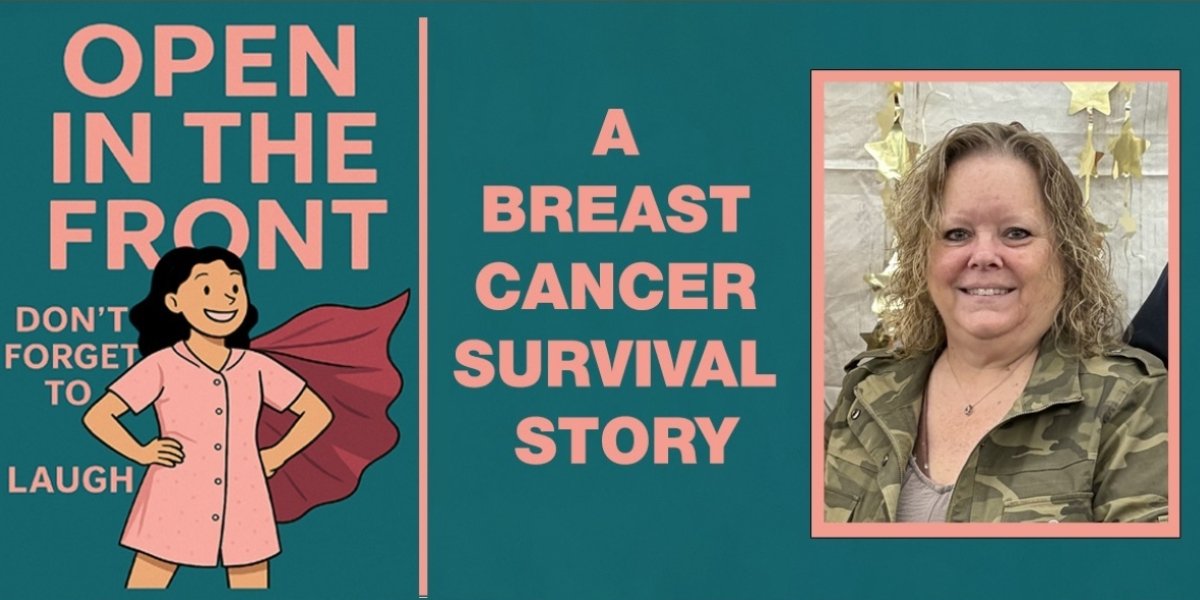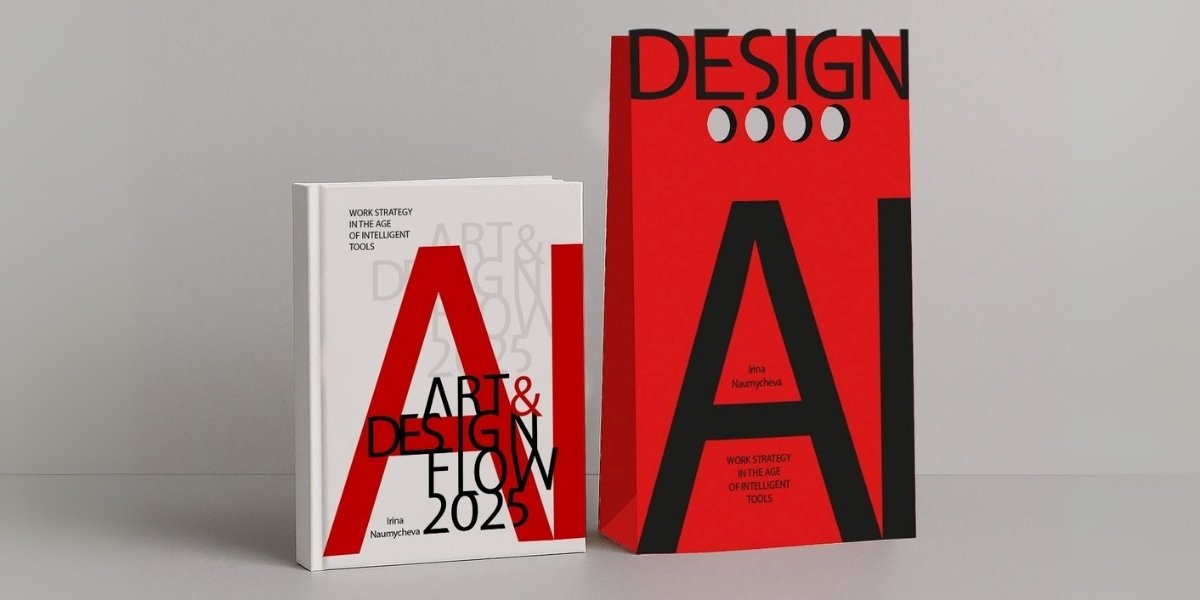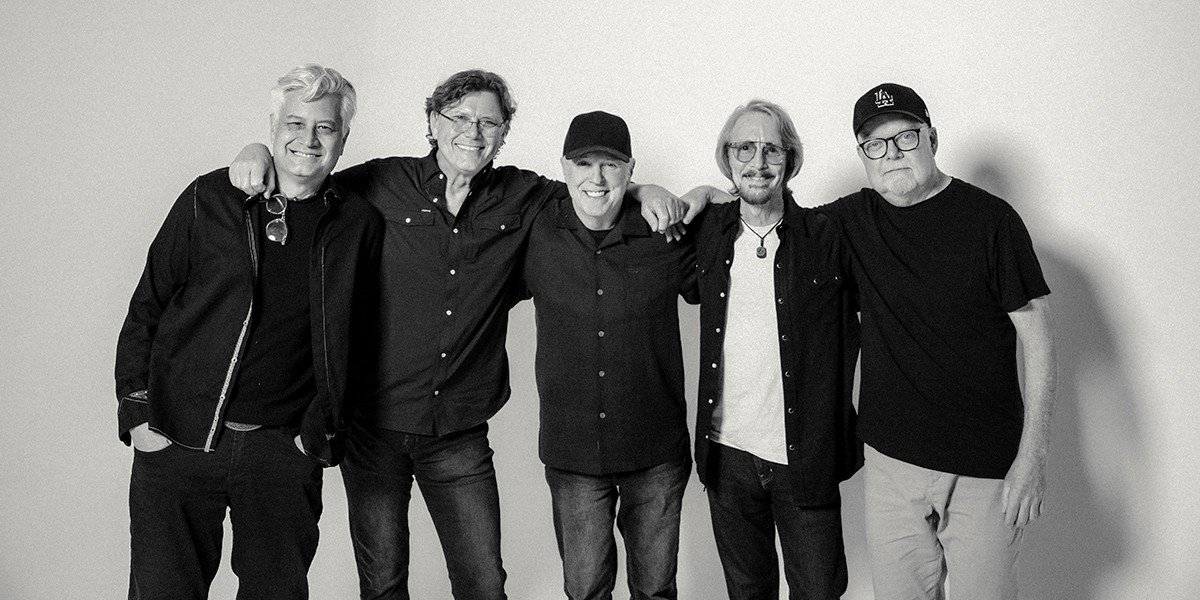In the wake of hurricanes and other natural disasters, artists have increasingly stepped forward to contribute to recovery efforts, bringing healing, hope, and resilience to devastated communities. In 2024, as communities across the U.S. grapple with the destruction caused by hurricanes, the involvement of artists is providing both practical and emotional support. From organizing benefit concerts and collaborative art projects to offering therapeutic workshops and public murals, artists are using their talents to help individuals and communities recover from the trauma of these events. This article explores the key ways in which artists are joining hurricane recovery efforts in 2024 and the impact they are having on rebuilding communities.
Artists Responding to Disaster: Healing Through Creative Expression
Natural disasters such as hurricanes leave lasting scars not only on the physical landscape but also on the emotional well-being of affected individuals. Artists are playing a crucial role in helping communities heal by offering creative outlets that allow survivors to express their emotions, share their stories, and process the trauma they have experienced.
Community Healing Through Art
In the aftermath of disasters like Hurricane Milton, artists have engaged in community-based projects that encourage survivors to participate in collective healing. One notable example is Sandy Storyline, an initiative that allowed survivors of Hurricane Sandy to document their experiences through storytelling, photography, and video. This project empowered community members to share their personal narratives and build resilience through creative expression.
In 2024, similar projects are being organized in regions affected by hurricanes. These initiatives provide survivors with a sense of connection and empowerment, offering them a space to reflect on their experiences and begin the emotional healing process. By collaborating with local organizations, artists are ensuring that these projects remain accessible and meaningful to the communities they serve.
Benefit Concerts and Fundraising Initiatives
In addition to community-based projects, high-profile artists have used their platforms to raise awareness and funds for hurricane recovery efforts. Artists such as Luke Combs, Eric Church, and James Taylor have organized benefit concerts, with proceeds going directly to relief organizations and rebuilding efforts. These events not only generate much-needed financial support but also draw attention to the ongoing challenges faced by communities long after the initial storm has passed.
Benefit concerts have a unique ability to mobilize large audiences and create a sense of solidarity among both performers and attendees. The emotional power of live music helps to uplift spirits and foster hope in times of crisis, making these events a vital part of the recovery process.
Collaborative Art Projects for Recovery: Rebuilding Through Creativity
Artists are also contributing to hurricane recovery through collaborative art projects that bring communities together and foster a sense of renewal. Public art, such as murals and sculptures, can transform devastated spaces into symbols of resilience and rebirth. These projects offer a visual representation of hope and recovery, helping communities to rebuild not just physically but also emotionally.
Mural and Installation Projects
Public murals and sculptures have become a popular way for communities to reclaim spaces that were damaged or destroyed by hurricanes. In cities impacted by natural disasters, artists work alongside local residents to create large-scale artworks that reflect the community’s collective experiences and aspirations for the future. These public art installations often serve as landmarks of recovery, providing both aesthetic beauty and a sense of pride.
For instance, in St. Petersburg, Florida, the local art scene has embraced mural festivals that involve the community in the creation process. These projects offer a form of catharsis for those affected by hurricanes, turning trauma into creative expression and symbolizing the community’s strength and perseverance.
Community-Based Art Projects
In addition to murals, artists are leading community-based art projects that invite residents to participate in the creative process. These projects may involve collaborative painting, sculpture-making, or photography, with the goal of fostering a sense of unity and shared purpose among participants. By engaging directly with the community, artists help to restore a sense of agency and control, allowing residents to take an active role in the recovery process.
Mental Health and Emotional Support: Art as a Tool for Healing Trauma
Beyond the physical destruction caused by hurricanes, the emotional toll on survivors can be overwhelming. In response, artists are increasingly using art as a tool for emotional healing, offering workshops and events that focus on mental health and trauma recovery. Through art therapy, writing workshops, and music performances, artists are providing creative outlets that allow individuals to process their emotions and begin to heal.
Art Therapy for Survivors
Art therapy has proven to be a valuable resource for hurricane survivors, offering a non-verbal way for individuals to express their feelings of loss, fear, and uncertainty. Programs that involve painting, drawing, and other forms of visual art provide a safe space for survivors to explore their emotions and work through their trauma. In many cases, art therapy is used alongside traditional counseling to offer a holistic approach to mental health.
Art therapists and artists collaborate with local organizations to bring these programs to affected communities, ensuring that survivors have access to the emotional support they need during the recovery process. These initiatives are particularly beneficial for children and adolescents, who may have difficulty articulating their emotions in words.
Workshops and Cultural Events
In addition to art therapy, artists are organizing workshops and cultural events that promote mental health and emotional well-being. These events provide a space for survivors to come together, share their experiences, and engage in creative activities that foster resilience. Writing workshops, music performances, and community festivals allow survivors to process their emotions in a supportive and creative environment.
By offering these workshops and events, artists help to create a sense of normalcy and routine in the aftermath of disaster. Cultural gatherings provide an opportunity for survivors to reconnect with their neighbors and regain a sense of community, which is essential for long-term emotional recovery.
Artists as First Responders: Immediate and Long-Term Support
While the role of artists in disaster recovery often focuses on long-term emotional healing, many artists also take on the role of first responders by providing immediate support in the aftermath of a hurricane. These artists collaborate with relief organizations to deliver resources, raise funds, and offer creative spaces for reflection and healing during times of crisis.
Immediate Response Through Fundraising and Awareness
In the immediate aftermath of a hurricane, artists often use their platforms to raise awareness and funds for relief efforts. Benefit concerts, art auctions, and social media campaigns help to mobilize resources and direct aid to the areas that need it most. By leveraging their visibility and influence, artists can quickly generate support for relief organizations and ensure that funds reach those affected by the storm.
Long-Term Commitment to Rebuilding
Beyond the immediate aftermath, artists remain committed to supporting communities throughout the long-term recovery process. This includes creating spaces for civic dialogue, where residents can discuss how to rebuild both physically and emotionally. Artists help to facilitate conversations about community priorities and engage in projects that reflect the community’s vision for the future.
Whether through public art installations, creative workshops, or benefit events, artists play a vital role in helping communities recover from the trauma of hurricanes. Their contributions not only raise awareness and funds but also offer emotional support and opportunities for creative expression, allowing individuals and communities to heal and rebuild.
In conclusion, the involvement of artists in hurricane recovery efforts in 2024 has demonstrated the power of creativity in times of crisis. From fundraising and public art projects to mental health workshops and long-term community support, artists are helping to transform trauma into resilience. As natural disasters continue to affect communities worldwide, the role of artists in recovery efforts will only grow in importance, offering hope and healing to those who need it most.















